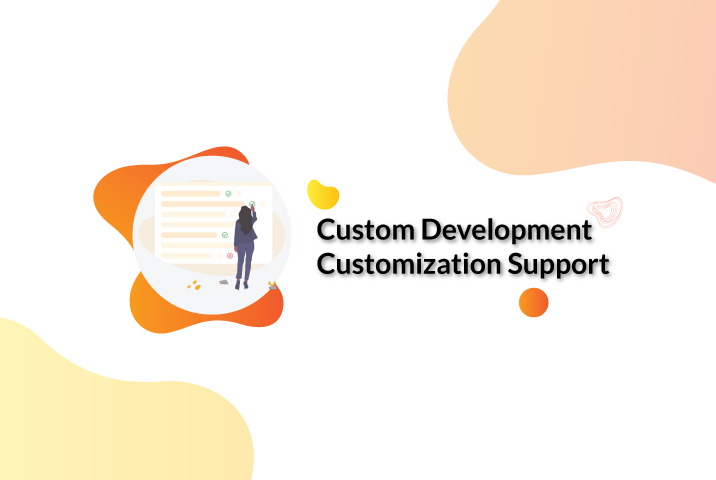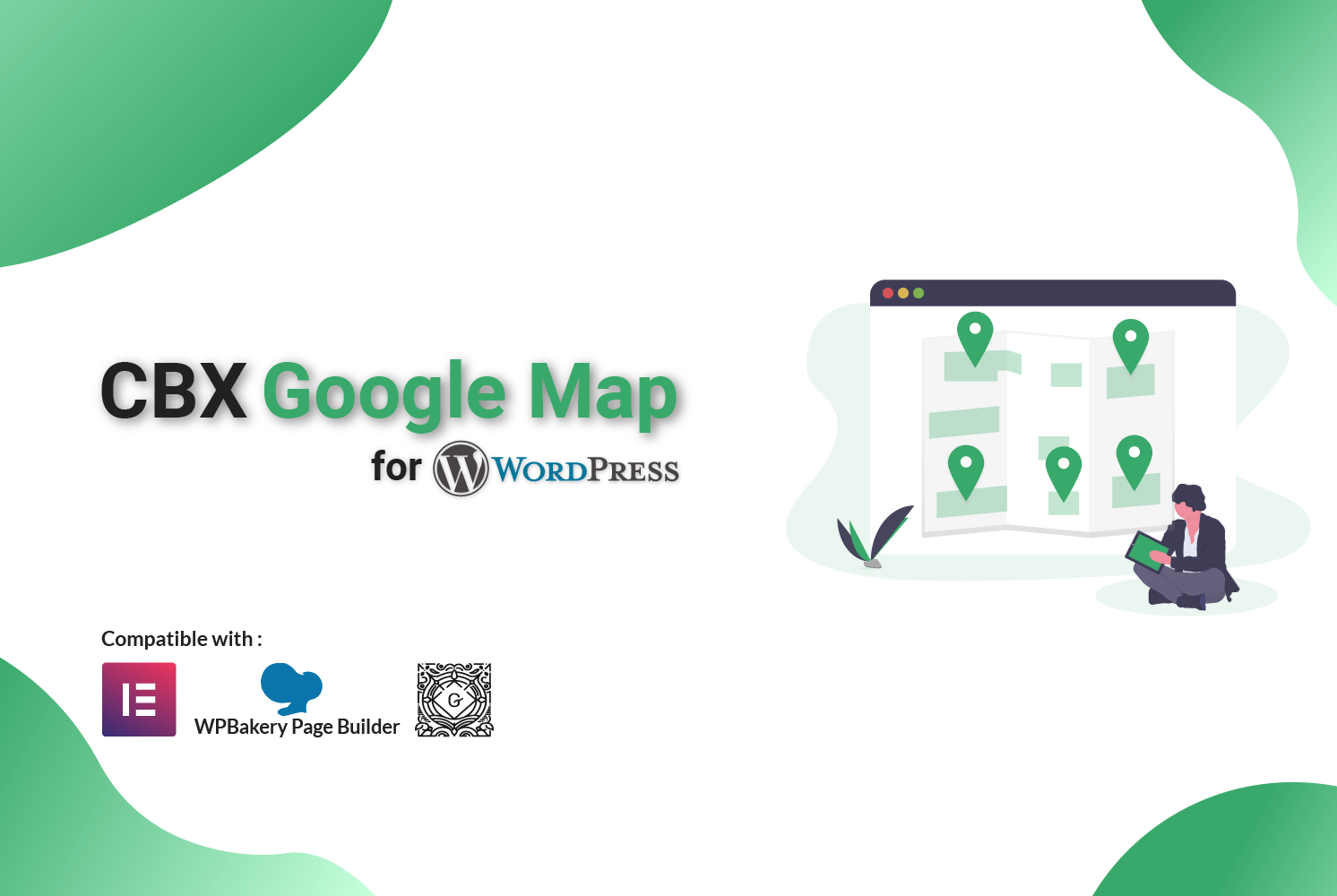Top 5 JavaScript and PHP QR Code Packages for Your Projects
JavaScript QR Code Packages
1. qrcode.js
Summary: A straightforward, pure JavaScript library for generating QR codes. It’s lightweight and has no external dependencies, making it a great choice for simple QR code generation needs.
Minimal Sample Code:
<div id="qrcode"/></div/>
<script src="qrcode.min.js"/></script/>
new QRCode(document.getElementById("qrcode"), "Your content here");
</script/>
Pros:
- Simple and easy to use.
- No external dependencies.
- Good browser compatibility.
- Supports different error correction levels.
Cons:
- Limited customization options compared to some other libraries.
- Primarily focused on basic QR code generation.
2. qr-code-styling
Summary: This library takes QR code generation to the next level by offering extensive styling options. You can add logos, change colors, and customize the shape of the dots and corners.
Minimal Sample Code:
<div id="qrcode"/></div/>
<script src="qr-code-styling.min.js"/></script/>
const qrCode = new QRCodeStyling({
width: 200,
height: 200,
data: 'Your data',
dotsOptions: {
color: '#000'
},
backgroundOptions: {
color: '#fff',
}
});
qrCode.append(document.getElementById('qrcode'));
</script/>
Pros:
- Highly customizable (colors, logos, shapes).
- Supports both Canvas and SVG rendering.
- Great for creating visually appealing QR codes.
Cons:
- Larger in size compared to basic libraries.
- Might be overkill for simple QR code needs.
3. qrcode (node-qrcode)
Summary: While primarily for Node.js, this library can also be used in the browser with module bundlers. It focuses on efficient QR code generation and supports various encoding modes.
Minimal Sample Code (Browser – using a bundler like Webpack/Parcel):
// Install via npm: npm install qrcode
import QRCode from 'qrcode';
QRCode.toCanvas(document.getElementById('canvas'), 'Your data', function (error) {
if (error) console.error(error);
console.log('success!');
})
<canvas id="canvas"/></canvas/>
Pros:
- Supports various error correction levels and encoding modes.
- Can output to different formats (canvas, data URL, etc.).
- Well-maintained and widely used.
Cons:
- Might require a module bundler for browser usage.
- Fewer built-in styling options compared to `qr-code-styling`.
4. jsQR
Summary: Unlike the previous ones, jsQR is focused on reading QR codes from image data. It’s a pure JavaScript library with no dependencies, ideal for decoding QR codes on the client-side.
Minimal Sample Code (assuming you have `imageData`, `width`, and `height`):
import jsQR from "jsqr";
const code = jsQR(imageData, width, height);
if (code) {
console.log("Found QR code:", code.data);
} else {
console.log("No QR code found.");
}
Pros:
- Pure JavaScript with no dependencies.
- Relatively fast for decoding.
- Good for client-side QR code reading.
Cons:
- Requires you to handle image data acquisition (e.g., from a camera or file) separately.
- Not for generating QR codes.
5. html5-qrcode
Summary: This library provides a complete solution for scanning QR codes using the device’s camera. It offers a user-friendly interface and a powerful API for more advanced use cases.
Link: GitHub
Minimal Sample Code:
<div id="reader" width="300px"/></div/>
<script src="html5-qrcode.min.js"/></script/>
const html5QrCode = new Html5Qrcode("reader");
html5QrCode.scan((qrCodeMessage) => {
// do something when the QR code is scanned
console.log(qrCodeMessage);
},
(errorMessage) => {
// parse error, ideally ignore it.
console.log(errorMessage);
});
</script/>
Pros:
- Easy to set up for real-time camera scanning.
- Handles camera access and permissions.
- Supports scanning from local files as well.
Cons:
- Focuses solely on reading QR codes.
- Might have a larger footprint due to included functionalities.
PHP QR Code Packages
1. phpqrcode
Summary: A very popular and mature PHP library for generating QR code images. It’s written entirely in PHP and relies on the GD2 extension for image creation.
Link: SourceForge
Minimal PHP Version: Not explicitly stated, but generally compatible with older PHP versions (PHP 5.x and above).
Dependencies: Requires the GD2 PHP extension to be enabled.
Minimal Sample Code:
<?php
include 'phpqrcode/qrlib.php';
$data = 'Your data here';
$filename = 'your_qrcode.png';
QRcode::png($data, $filename);
echo '<img src="'.$filename.'" alt="QR Code" />';
?/>
Pros:
- Pure PHP implementation.
- Widely used and has a large community.
- Supports PNG and JPEG output (via GD2).
Cons:
- Relies on the GD2 extension.
- Fewer built-in options for advanced styling compared to more modern libraries.
- Installation might involve manual downloading if not using a Composer package.
2. chillerlan/php-qrcode
Summary: A modern PHP library for generating and reading QR codes. It offers a clean, namespaced API and supports various output formats and QR code versions. It also includes QR code reading capabilities.
Minimal PHP Version: Requires PHP 8.2 or higher.
Dependencies: Depends on various other packages depending on the output module used (e.g., `ext-gd`, `ext-imagick`, `fpdf/fpdf`).
Minimal Sample Code:
<?php
require 'vendor/autoload.php';
use chillerlan\QRCode\QRCode;
$qrcode = new QRCode();
$data = 'https://www.example.com';
$image = $qrcode->render($data);
header('Content-type: image/png');
echo $image;
?/>
Pros:
- Supports both QR code generation and reading.
- Modern, well-structured, and namespaced code.
- Highly configurable with various options and output modules (PNG, SVG, EPS, PDF, etc.).
- Supports the latest QR code standards.
Cons:
- Requires a more recent PHP version (8.2+).
- Has more dependencies depending on the features used.
3. endroid/qr-code
Summary: A well-maintained PHP library for generating QR codes with a focus on flexibility and ease of use. It offers a range of options for customization, including colors, logos, and labels.
Minimal PHP Version: Requires PHP 7.4 or higher.
Dependencies: Depends on `symfony/options-resolver` and potentially other packages depending on the writers used (e.g., `ext-gd` for PNG, `ext-svg` for SVG).
Laravel Compatibility: Yes, there are community packages that provide integration with Laravel.
Minimal Sample Code:
<?php
require 'vendor/autoload.php';
use Endroid\QrCode\QrCode;
use Endroid\QrCode\Writer\PngWriter;
$qrCode = QrCode::create('Your data')
->setSize(200)
->setMargin(10);
$writer = new PngWriter();
$result = $writer->write($qrCode);
header('Content-Type: '.$result->getMimeType());
echo $result->getString();
?/>
Pros:
- Easy to use with a fluent API.
- Supports various output formats (PNG, SVG, EPS, etc.).
- Offers options for setting colors, labels, and logos.
- Good integration with Symfony and available Laravel packages.
Cons:
- Requires PHP 7.4 or higher.
- Has dependencies on other Symfony components and potentially image processing extensions.
4. simplesoftwareio/simple-qrcode (Laravel)
Summary: Specifically designed for Laravel, this package provides a simple and elegant way to generate QR codes within your Laravel applications. It’s a wrapper around other QR code generation libraries, offering a convenient Laravel facade and fluent API.
Minimal PHP Version: Depends on the Laravel version you are using.
Dependencies: Depends on the underlying QR code generation library (likely `phpqrcode` by default, but configurable).
Laravel Compatibility: Yes, it’s specifically for Laravel.
Minimal Sample Code (within a Laravel Blade template):
<!-- Ensure the SimpleSoftwareIO\QrCode\Facades\QrCode facade is imported --/>
{!! QrCode::size(150)->generate('Your Laravel data') !!}
Pros:
- Seamless integration with Laravel.
- Easy-to-use facade and fluent API.
- Supports various output formats (SVG, PNG), colors, and logo embedding.
Cons:
- Only for Laravel projects.
- Functionality is dependent on the underlying QR code generation library.
5. BaconQrCode
Summary: Another robust PHP library for generating QR codes. It aims for flexibility and adherence to the QR code specification. It allows for customization of size, margin, colors, and error correction levels.
Minimal PHP Version: Requires PHP 5.3 or higher.
Dependencies: None core dependencies, but optional formatters might have their own requirements.
Laravel Compatibility: Yes, it can be easily integrated into Laravel projects.
Minimal Sample Code:
<?php
require 'vendor/autoload.php';
use BaconQrCode\Renderer\Image\Png;
use BaconQrCode\Writer;
$renderer = new Png();
$renderer->setSize(256);
$renderer->setMargin(10);
$writer = new Writer($renderer);
$data = 'Your BaconQrCode data';
$filename = 'bacon_qrcode.png';
$writer->writeFile($data, $filename);
echo '<img src="'.$filename.'" alt="Bacon QR Code" />';
?/>
Pros:
- Adheres closely to the QR code specification.
- Offers good control over various QR code parameters.
- Relatively lightweight with no mandatory dependencies.
- Can be integrated into various PHP frameworks, including Laravel.
Cons:
- Might require a bit more code to achieve certain styling effects compared to libraries with built-in styling options.








